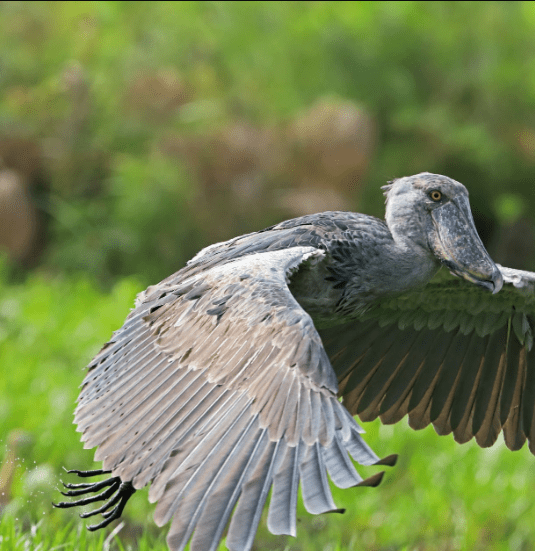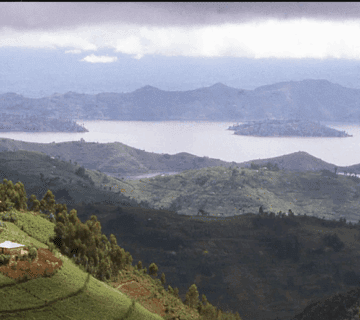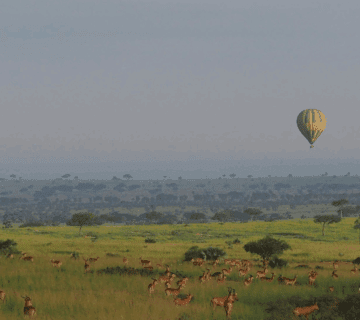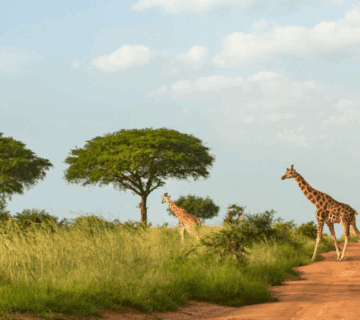Where to Find Rare Shoebill Storks in East Africa: A Journey of Wonder and Discovery
The Shoebill Storks, with its prehistoric appearance and enigmatic presence, is one of the most captivating birds in the world. Towering over wetlands with an almost mythical aura, this rare avian wonder has fascinated birdwatchers, conservationists, and adventure seekers alike. Found in the remote marshes and swamps of East Africa, encountering a Shoebill Stork in the wild is a transformative experience—one that blends patience, perseverance, and a deep appreciation for nature’s hidden treasures.
If you’ve ever dreamed of witnessing this majestic creature in its natural habitat, East Africa offers some of the best opportunities. But finding the Shoebill Stork is no ordinary birdwatching excursion—it’s a quest that takes you deep into untouched wilderness, where time seems to stand still, and every rustle in the reeds could be the sign of a once-in-a-lifetime sighting.
Why the Shoebill Stork is a Natural Marvel
Before embarking on the journey to find this elusive bird, it’s essential to understand what makes the Shoebill Stork so extraordinary.
A Living Fossil: Often referred to as a “dinosaur bird,” the Shoebill Stork (Balaeniceps rex) has existed for millions of years, largely unchanged. Its towering height (up to 5 feet), massive shoe-shaped bill, and piercing gaze make it look like a creature from another era.
Silent but Deadly: Unlike other birds that rely on speed or noise, the Shoebill Stork is a master of stillness. It can stand motionless for hours, waiting to strike lungfish, frogs, or even small reptiles with lightning-fast precision.
Rarity and Mystery: With only an estimated 5,000–8,000 individuals left in the wild, spotting a Shoebill Stork is a rare privilege. Their secretive nature and remote habitats make them one of the most challenging birds to find.
Best Places to Find Shoebill Storks in East Africa
East Africa’s vast wetlands and papyrus swamps provide the perfect sanctuary for these rare birds. Here are the top destinations where you might encounter a Shoebill Stork:
1. Mabamba Swamp, Uganda – The Shoebill Capital of the World
Located on the shores of Lake Victoria near Entebbe, Mabamba Swamp is arguably the best place in the world to see Shoebill Storks in the wild. This vast marshland, with its labyrinth of channels and floating vegetation, is a prime hunting ground for these birds.
How to Spot Them: Local guides navigate traditional canoes through narrow waterways, silently scanning the reeds for the telltale silhouette of a Shoebill Stork. Early mornings (6–10 AM) are the best time for sightings.
Why Mabamba?: The community-based tourism initiative here ensures that sightings are ethical and sustainable, supporting both conservation and local livelihoods.
2. Bangweulu Wetlands, Zambia (Near East African Borders)
Though technically in Zambia, the Bangweulu Wetlands are accessible from East Africa and are another stronghold for Shoebill Storks. The name “Bangweulu” means “where the water meets the sky,” and this vast floodplain is a surreal, otherworldly landscape.
Unique Experience: Unlike Mabamba, Bangweulu offers vast open spaces where Shoebill Storks can be seen wading in shallow waters. The wetlands are also home to rare black lechwes and thousands of waterbirds.
Best Time to Visit: May–August, when water levels recede, making the storks easier to spot.
3. The Sudd Swamps, South Sudan
One of the largest wetlands in the world, The Sudd is a remote and largely unexplored wilderness where Shoebill Storks thrive. Due to its inaccessibility and political instability, few travelers venture here, making it one of the last true wild frontiers.
Expedition-Style Birding: Visiting The Sudd requires careful planning, local permits, and expert guides. However, for those who make the journey, the rewards are unparalleled—pristine wetlands teeming with wildlife.
Conservation Importance: The Sudd is critical for migratory birds, and efforts are underway to protect it from oil exploration and drainage projects.
4. Lake Victoria’s Marshes (Tanzania & Kenya)
While less predictable than Mabamba, the marshy edges of Lake Victoria in Tanzania and Kenya occasionally host Shoebill Storks. Key areas include:
Ruma National Park, Kenya: A hidden gem where sightings, though rare, do occur.
Rubondo Island, Tanzania: A secluded island national park where Shoebill Storks are occasionally spotted along the lake’s fringes.
5. Akagera Wetlands, Rwanda
Though not a guaranteed spot, Akagera National Park in Rwanda has had occasional Shoebill Stork sightings, particularly in the park’s swampy northeastern sections. Combining a safari here with gorilla trekking in Volcanoes National Park makes for an unforgettable East African adventure.
The Thrill of the Search: What to Expect When Tracking Shoebill Storks
Finding a Shoebill Stork is not just about luck—it’s about dedication. Here’s what your expedition might entail:
Early Starts: Birds are most active at dawn, meaning pre-sunrise departures are a must.
Boat Safaris: Many sightings require gliding silently through wetlands in dugout canoes or small motorboats.
Patience & Persistence: Some travelers wait for hours or even days for a glimpse. But when it happens, the moment is magical.
Conservation: Protecting the Future of Shoebill Storks
The Shoebill Stork is classified as Vulnerable by the IUCN, facing threats from habitat destruction, illegal pet trade, and climate change. Responsible tourism plays a crucial role in their survival:
Support Eco-Tourism: Visiting community-run reserves like Mabamba ensures that local people benefit from conservation.
Avoid Disturbance: Always follow guide instructions—getting too close can stress these sensitive birds.
Spread Awareness: The more people know about Shoebill Storks, the more support there will be for protecting them.
A Pilgrimage for Nature Lovers
Seeking the Shoebill Stork is more than just a birdwatching trip—it’s a pilgrimage into the heart of wild Africa. It’s about standing knee-deep in a swamp at sunrise, listening to the calls of hidden creatures, and feeling the thrill of locking eyes with a living relic of prehistoric times.
Whether you find one in Uganda’s Mabamba Swamp, Zambia’s Bangweulu, or the untamed Sudd, the encounter will stay with you forever. The Shoebill Stork is not just a bird; it’s a symbol of nature’s mystery, resilience, and the urgent need to protect our planet’s last wild places.
So pack your binoculars, embrace the adventure, and set out on a journey to find one of Africa’s most awe-inspiring creatures. The Shoebill Stork is waiting—will you answer the call?





